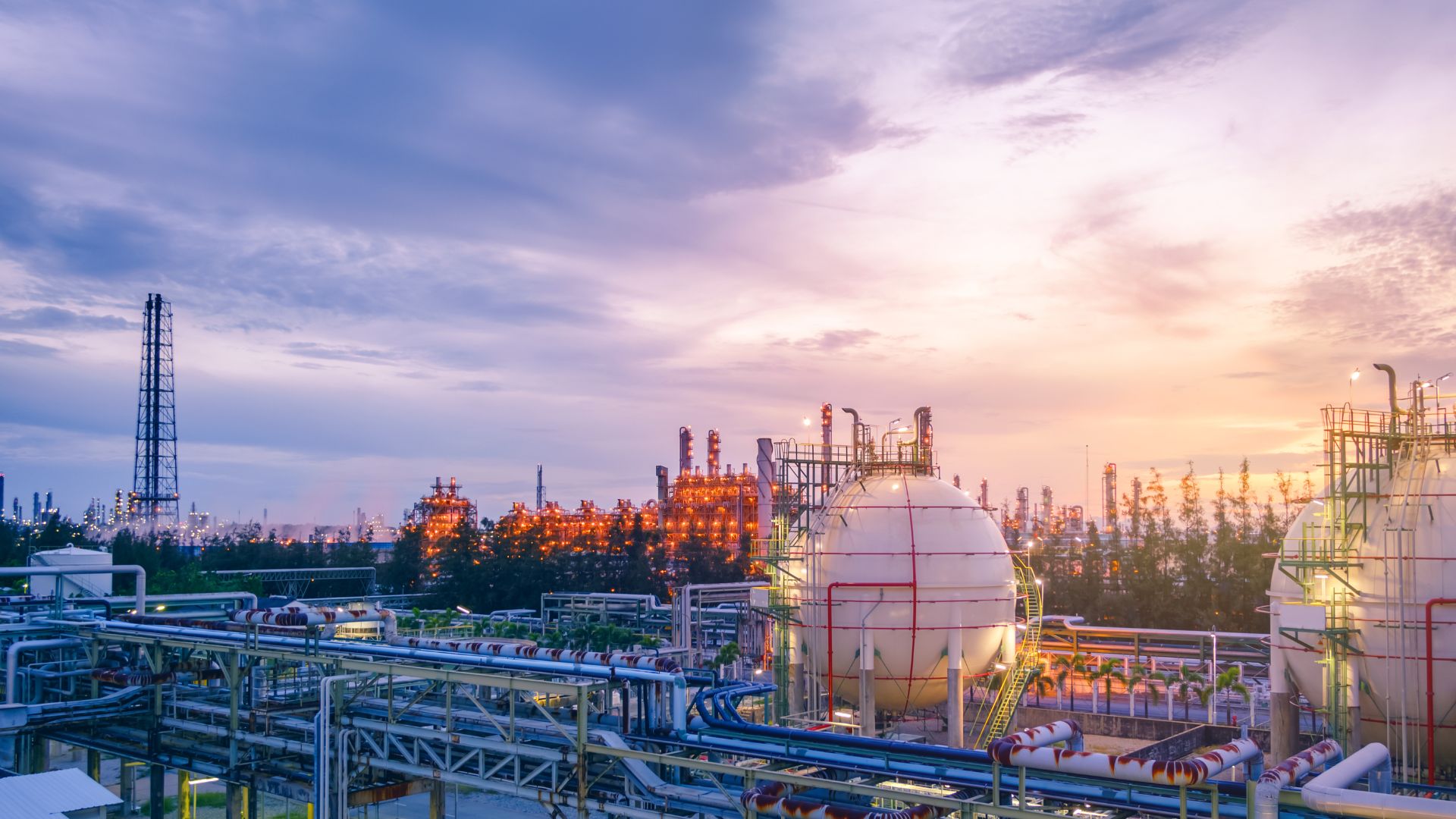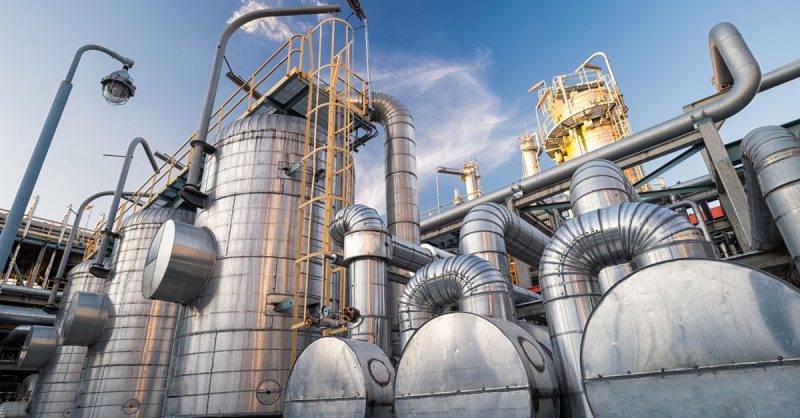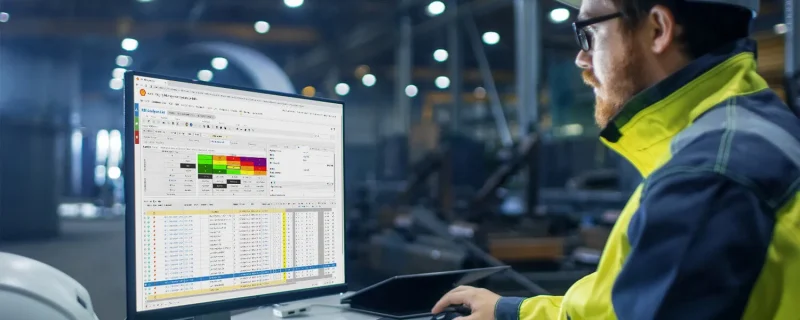Asset Integrity Management (AIM) is the practice of ensuring an asset is able to perform its function as effectively and efficiently as possible throughout its lifecycle. Asset Performance Management (APM) looks at the overall performance of an asset within a system. So the key difference here, is that an Asset Integrity Management (AIM) solution will help ensure your asset’s integrity and functionality remain safe and active, while an Asset Performance Management (APM) solution will look at the asset less granularly, and observe the entire system.
What is Asset Integrity Management (AIM)?
In order to safeguard the functionality of your equipment, proper maintenance and inspection plans must be put into place. An Asset Integrity Management solution provides the capabilities to calculate optimal intervention periods and create efficient maintenance strategies. Because of this, an Asset Integrity Management (AIM) solution is a must for any businesses operating in asset-heavy industries, where equipment failure can be not only expensive but catastrophic for workers and the environment. Click here to read more about Asset Integrity Management and the costs of inefficient Asset Integrity Management.
What is Asset Performance Management (APM)?
Asset Performance Management (APM) is more of a framework and can almost be seen as an additional step that follows Asset Integrity Management. It is used to overview the performance of an asset but does not provide indications for maintenance, inspections, or other integrity evaluations that may be necessary to carry out to ensure proper production and safety on site. Because of this, you should always have an Asset Integrity Management solution in place, but having Asset Performance Management is an extra.
The Bottom Line: Which do you need?
These two terminologies are often used interchangeably, even though most often than not, people are looking for an Asset Integrity Management (AIM) solution. This is because an Asset Integrity Management (AIM) solution is a must when it comes to operational excellence and safety. While, on the other hand, an Asset Performance Management solution comes with some “nice-to-have” functionalities, that are often outside of the business needs, scope or budget. Asset Integrity Management will help upkeep the integrity of your equipment, making sure it is up and running safely and as it should. Asset Performance Management will help you find the best way in which to use your equipment within the larger system, ultimately assessing that asset’s performance.
The verdict is that an Asset Integrity Management (AIM) solution is a must-have. You need it to ensure that throughout the lifecycle of your equipment, it will function effectively and efficiently. Asset Integrity Management is what helps you prevent unplanned shutdowns, equipment failure, and deferred production. It protects your assets, people, and the environment from major hazards. This is a practice that you need to have in place already before starting your operations, as it is a critical part of your processes. Asset Performance Management will add to this, helping you overview and improve your processes. However, Asset Performance Management is also something you can think about integrating down the line, as often you will find that all your needs and requirements will be met by a good Asset Integrity Management (AIM) solution.
Not sure where to start?
Download our essential buyer’s guide!




